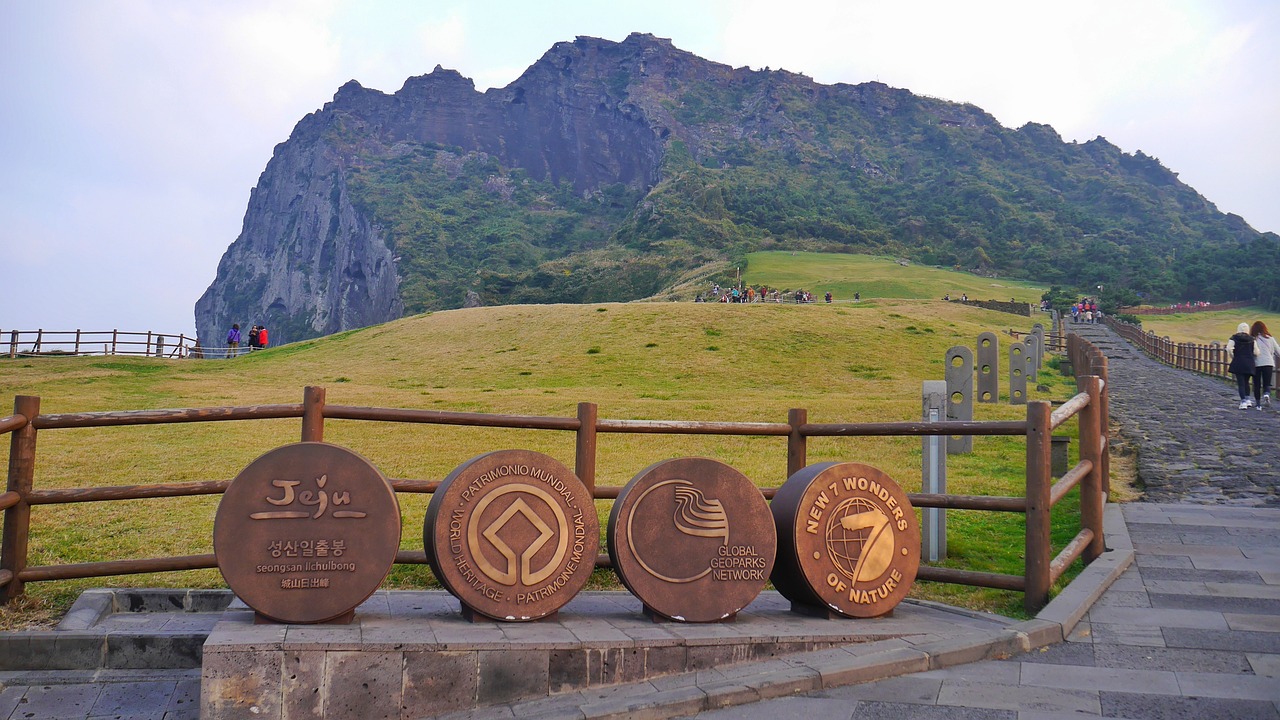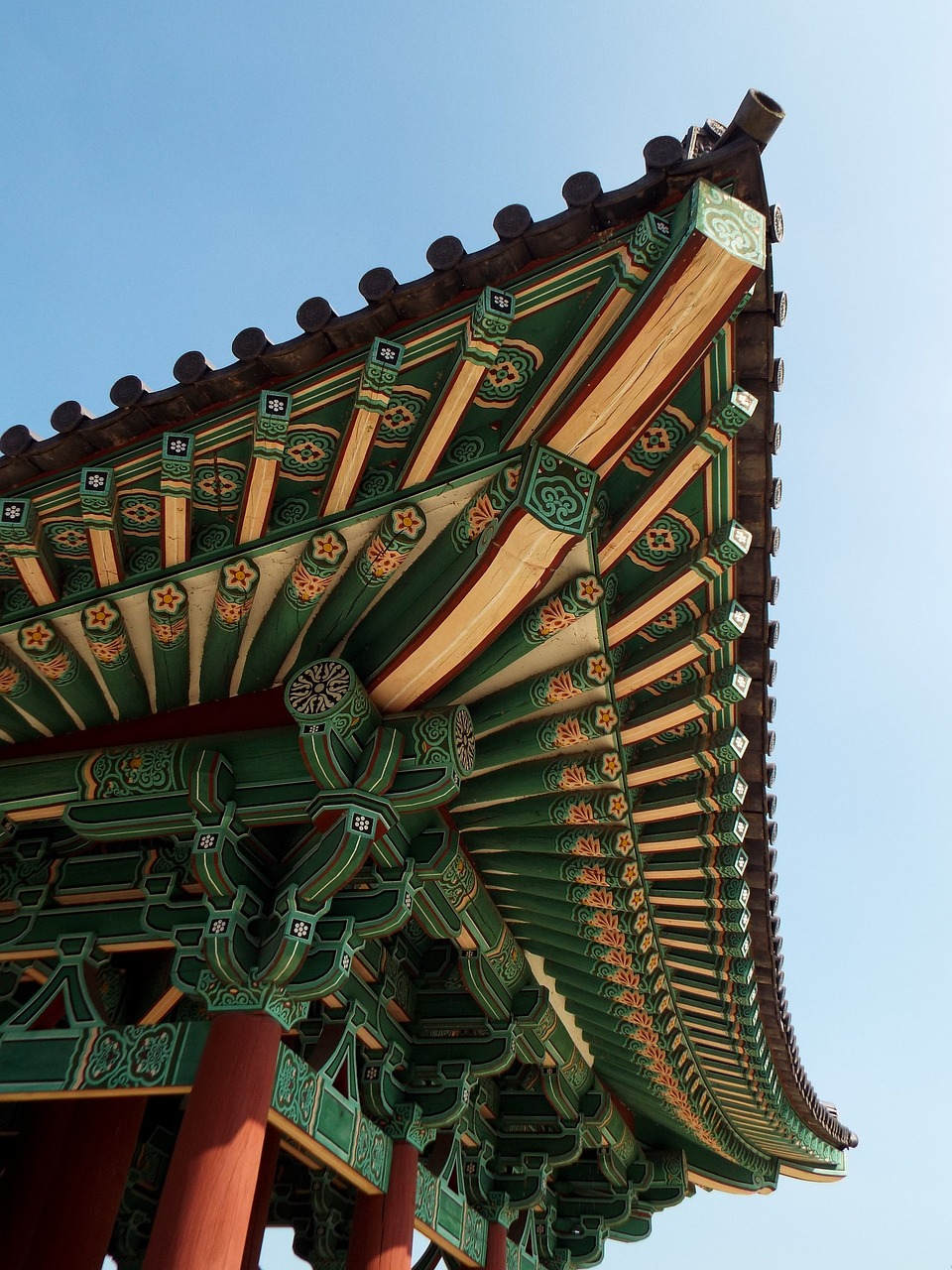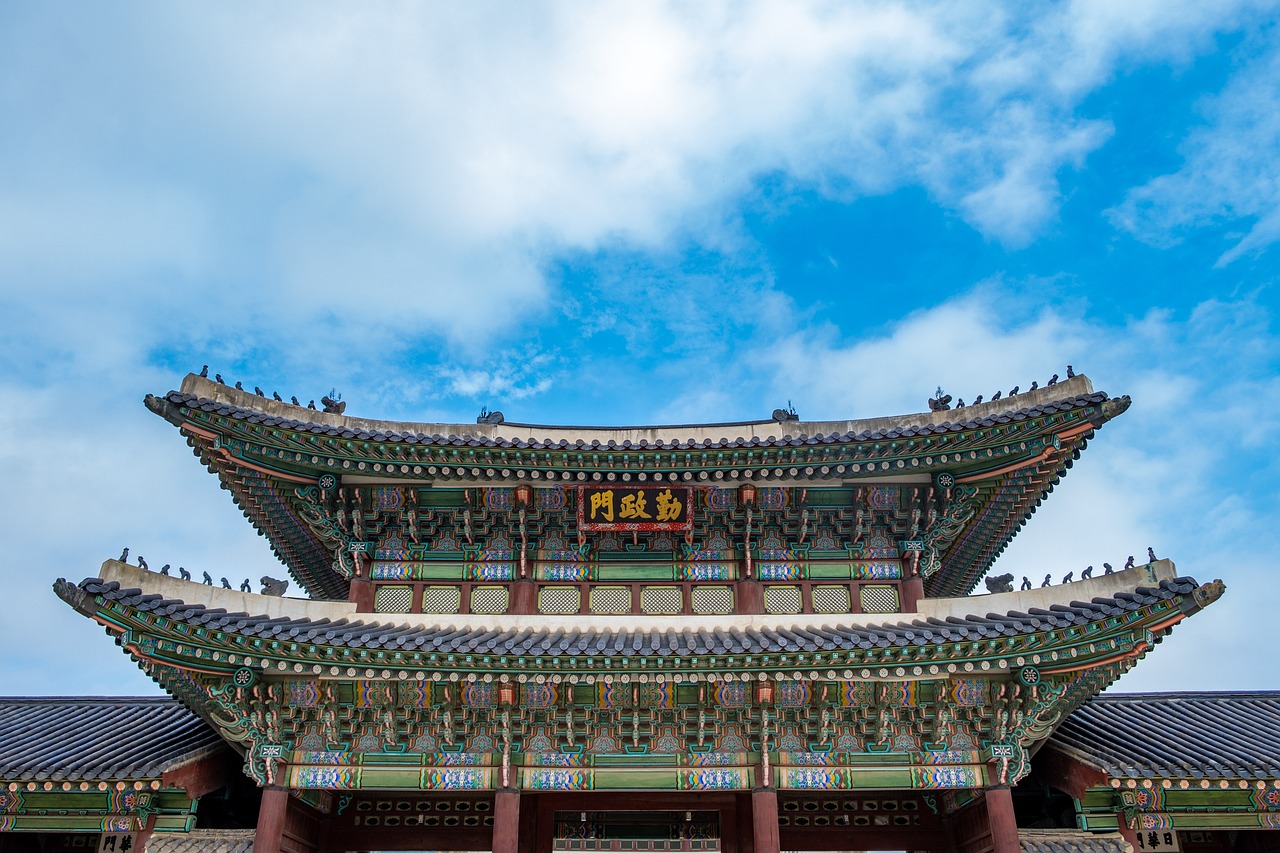South Korea Video
Insider Tips: Avoiding Tourist Traps in South Korea
South Korea is a fascinating country with a rich history, vibrant culture, and breathtaking landscapes. As a popular tourist destination, it’s important to be aware of potential tourist traps that can hinder your experience. This article aims to provide insider tips to help you avoid such traps and make the most out of your visit to South Korea.
Understanding South Korea’s Currency Exchange
Before diving into the various tips, it’s essential to understand South Korea’s currency exchange system. The local currency is the South Korean Won (KRW). While credit cards are widely accepted, it’s advisable to have some cash on hand for smaller establishments or street vendors. Be cautious when exchanging money at airports or tourist areas, as they often charge higher fees. It’s recommended to exchange currency at local banks or reputable exchange offices for the best rates.
- Research Exchange Rates: Before your trip, research the current exchange rates to ensure you’re getting a fair deal.
- Use Reputable Exchange Offices: Look for exchange offices that have a good reputation and offer competitive rates.
- Avoid Exchanging at Airports: Exchange rates at airports are generally higher due to convenience fees.
Exchange rates can fluctuate, so it’s a good idea to stay updated on the latest rates to avoid being ripped off.
Ask locals or check online reviews to find reliable exchange offices that won’t overcharge you.
If possible, wait until you reach the city center to find better rates.
Transportation Tips in South Korea
Getting around South Korea efficiently is crucial to explore its various attractions. Here are some transportation tips to help you navigate the country:
- Use T-Money Card: Purchase a T-Money card, a rechargeable transportation card that can be used on buses, subways, taxis, and even in some stores.
- Download Naver Maps: Install the Naver Maps app on your smartphone for accurate navigation.
- Avoid Rush Hour: Try to avoid using public transportation during rush hour (typically between 7:30 am to 9:00 am and 5:30 pm to 7:00 pm) to avoid overcrowding.
It offers discounted fares and saves you the hassle of carrying exact change.
Naver Maps is widely used in South Korea and provides detailed public transportation directions.
If possible, plan your itinerary accordingly to make the most of your travel time.
Exploring Traditional Markets
South Korea is renowned for its vibrant traditional markets that offer a plethora of unique local products and street food. Here’s how to make the most of your traditional market experience:
- Arrive Early: Visit traditional markets in the morning to avoid crowds and get the freshest produce.
- Try the Street Food: Traditional markets are famous for their mouthwatering street food.
- Bargain with Vendors: Bargaining is common in some traditional markets, especially for non-fixed price items.
Early mornings are when locals typically buy their groceries, ensuring a more authentic experience.
From tteokbokki (spicy rice cakes) to hotteok (sweet pancakes), exploring the culinary delights is a must.
Polite negotiation can often lead to a better deal, but remember to be respectful and know when to stop.
Visiting Popular Tourist Destinations
South Korea offers a wide range of popular tourist destinations, but some may be overcrowded or overrated. Here’s how to navigate them wisely:
- Visit Early or Late: To avoid crowds, try to visit popular tourist destinations early in the morning or later in the evening.
- Explore Lesser-Known Alternatives: Research and explore lesser-known attractions that offer similar experiences to popular destinations.
- Plan Your Visit Off-Season: Consider visiting popular tourist destinations during off-peak seasons to avoid large crowds.
This way, you can enjoy the attractions with fewer people and capture stunning photos without distractions.
These alternatives often provide a more authentic and less crowded experience.
Not only will you have a more enjoyable experience, but prices for accommodations and flights may also be more affordable.
Enjoying Authentic Korean Cuisine
South Korea is famous for its delicious cuisine, and trying authentic Korean dishes is a highlight of any visit. Here are some tips for a delightful culinary experience:
- Explore Local Eateries: Opt for local restaurants and street food stalls to experience authentic Korean flavors.
- Try Regional Specialties: Each region in South Korea has its own unique specialties.
- Learn Basic Korean Phrases: Knowing a few basic Korean phrases can enhance your dining experience.
These establishments often offer traditional dishes made with fresh, local ingredients.
Whether it’s samgyeopsal (grilled pork belly) in Jeju or bulgogi (marinated beef) in Seoul, don’t miss the chance to savor regional delights.
Simple greetings and phrases like “thank you” (kamsahamnida) and “delicious” (mashisoyo) can go a long way in connecting with locals.
Understanding Korean Etiquette
Korean culture places a strong emphasis on respect and etiquette. Here are some essential etiquette tips to keep in mind:
- Bow as a Sign of Respect: When greeting someone, bow slightly as a sign of respect.
- Remove Shoes Indoors: In many Korean households and traditional establishments, it’s customary to remove shoes before entering.
- Use Both Hands for Giving and Receiving: When giving or receiving items, use both hands to show respect.
The depth of the bow depends on the person’s age and social status. A slight bow is generally appropriate for most situations.
Look for shoe racks or follow the lead of locals to avoid any cultural missteps.
It’s a small gesture that demonstrates politeness and consideration.
Exploring South Korea’s Natural Beauty
South Korea is blessed with stunning natural landscapes, from serene mountains to picturesque coastlines. Here’s how to make the most of your outdoor adventures:
- Plan Hikes in Advance: If you’re planning to hike in South Korea’s mountains, check the weather conditions and prepare accordingly.
- Respect Nature: When exploring national parks or natural areas, be respectful of the environment.
- Stay Hydrated: South Korea’s outdoor attractions can be physically demanding, especially during hot summers.
Wear appropriate clothing, bring necessary equipment, and inform someone about your hiking plans.
Follow designated trails, dispose of trash properly, and avoid disturbing wildlife.
Carry enough water to stay hydrated throughout your adventures.
Understanding Korean Bathhouse Culture
Korean bathhouses, known as jjimjilbangs, are popular cultural experiences. Here are some tips for a comfortable and enjoyable visit:
- Separate Gender Areas: Jjimjilbangs have separate areas for men and women.
- Bring Your Own Toiletries: Jjimjilbangs provide basic toiletries, but if you have specific preferences, it’s best to bring your own.
- Embrace the Experience: Jjimjilbangs offer various amenities, such as saunas, hot tubs, and even sleeping areas.
Make sure to enter the correct section and follow the customs, such as bathing before entering the communal areas.
Consider packing a towel, shampoo, conditioner, and any other personal care items you may need.
Take your time to relax, unwind, and fully immerse yourself in this unique Korean cultural tradition.
Staying Safe in South Korea
While South Korea is generally a safe country, it’s essential to take precautions to ensure a smooth and secure trip. Here are some safety tips:
- Keep Valuables Secure: Avoid displaying expensive jewelry or carrying large amounts of cash.
- Stay Informed: Familiarize yourself with local emergency numbers and keep important contact information handy.
- Respect Local Laws and Customs: Familiarize yourself with South Korea’s laws and cultural norms.
Use hotel safes to store valuable items and be cautious of pickpockets in crowded areas.
Stay updated on any travel advisories or warnings issued by your embassy or relevant authorities.
Be mindful of appropriate behavior, dress modestly when visiting religious sites, and adhere to local customs.
South Korea Image 1:

Exploring South Korea’s Art Scene
South Korea has a thriving art scene, with numerous galleries and museums showcasing both traditional and contemporary works. Here’s how to make the most of your art exploration:
- Visit Art Districts: Explore art districts like Samcheong-dong in Seoul and Jeonpo-dong in Busan.
- Check Exhibition Schedules: Research the exhibition schedules of museums and galleries in advance.
- Discover Traditional Crafts: South Korea is renowned for its traditional crafts, such as hanbok (traditional clothing) and celadon pottery.
These areas are known for their vibrant art scenes, with galleries, cafes, and street art.
Some exhibitions may require advanced booking or have limited-time displays.
Visit workshops and studios to witness the craftsmanship and perhaps even participate in hands-on experiences.
South Korea Image 2:

Enjoying South Korea’s Nightlife
South Korea’s vibrant nightlife offers a diverse range of entertainment options. Here’s how to make the most of your nights:
- Explore Entertainment Districts: Visit popular entertainment districts like Hongdae in Seoul or Itaewon in Seoul.
- Experience Korean Karaoke (Noraebang): Singing at a noraebang (karaoke room) is a must-do activity in South Korea.
- Try Traditional Makgeolli: Makgeolli, a traditional Korean rice wine, is a popular choice for locals.
These areas are known for their clubs, bars, live music venues, and unique nightlife experiences.
Gather a group of friends, choose your favorite songs, and unleash your inner superstar.
Visit a makgeolli bar to taste different varieties and enjoy the lively atmosphere.
Exploring South Korea’s Islands
South Korea is home to numerous beautiful islands, each offering its own unique charm. Here are some island exploration tips:
- Jeju Island: Jeju Island is a popular destination known for its stunning natural beauty and volcanic landscapes.
- Ulleungdo: Located in the East Sea, Ulleungdo is a remote island with breathtaking cliffs and scenic coastal walks.
- Geoje Island: Geoje Island is known for its picturesque beaches, hiking trails, and historic sites.
Explore the island’s hiking trails, waterfalls, and unique cultural sites, such as the Haenyeo (female divers).
Take a ferry from the mainland to experience the island’s tranquility and pristine natural environment.
Visit the iconic Oedo Botania, a beautiful garden filled with exotic plants and sculptures.
South Korea Image 3:

Conclusion
By following these insider tips, you can avoid tourist traps and have an incredible experience exploring South Korea. From understanding currency exchange to immersing yourself in the local culture, South Korea has much to offer for every traveler. Remember to stay respectful, be open to new experiences, and make the most of your time in this captivating country.
References
- Naver Maps – www.naver.com/maps
- Korea Tourism Organization – www.visitkorea.or.kr
- Lonely Planet South Korea – www.lonelyplanet.com/south-korea
- TripAdvisor – www.tripadvisor.com


